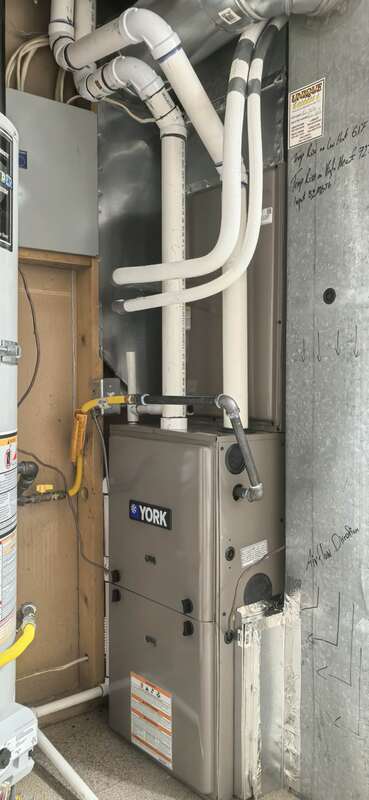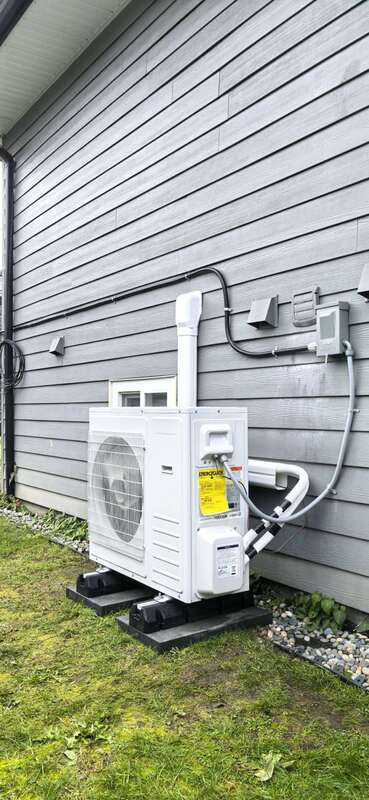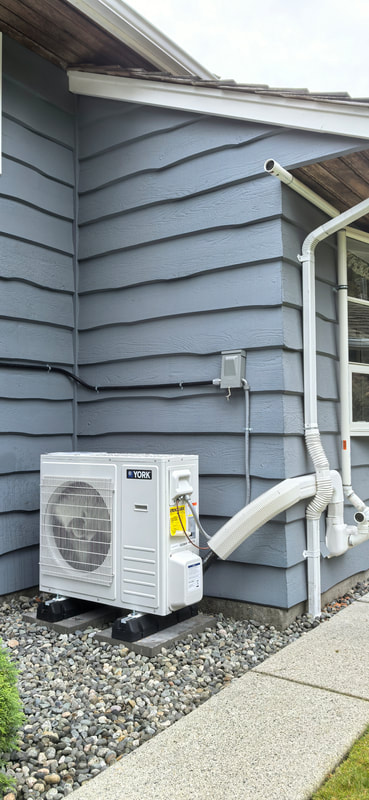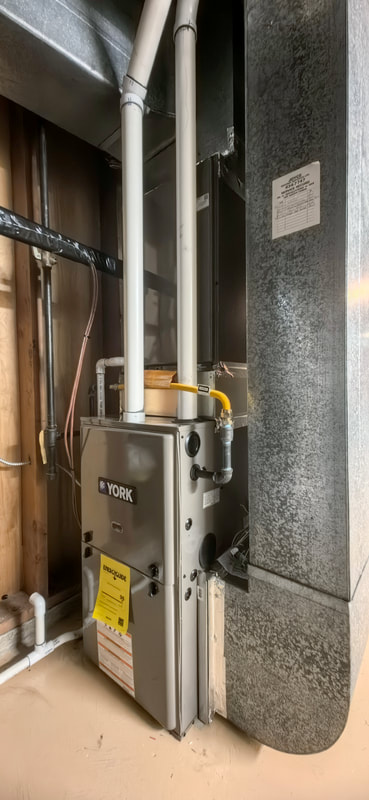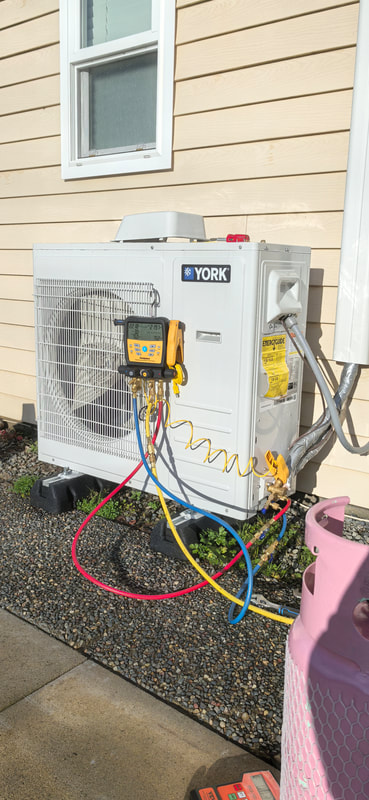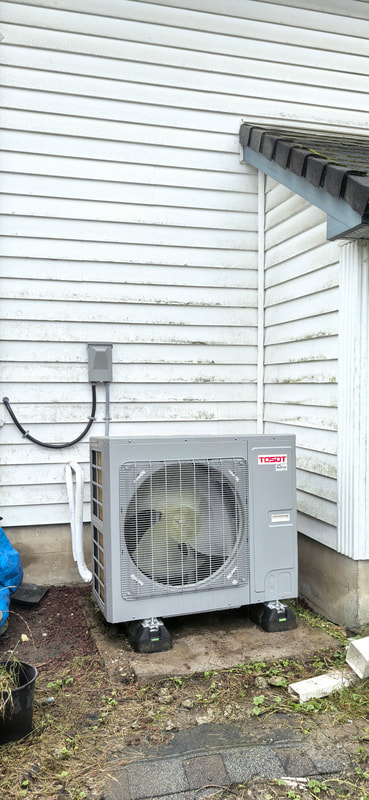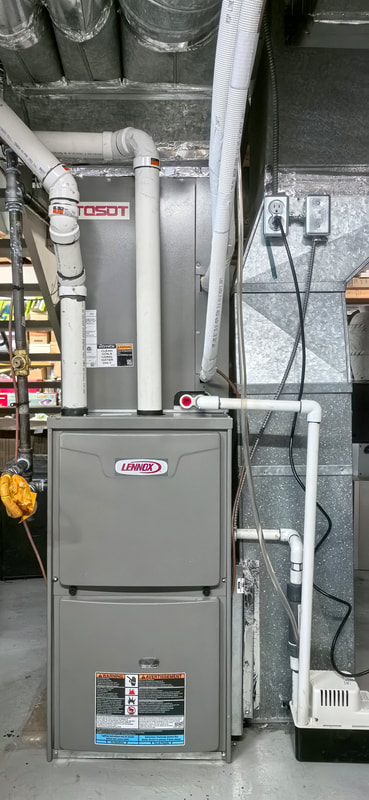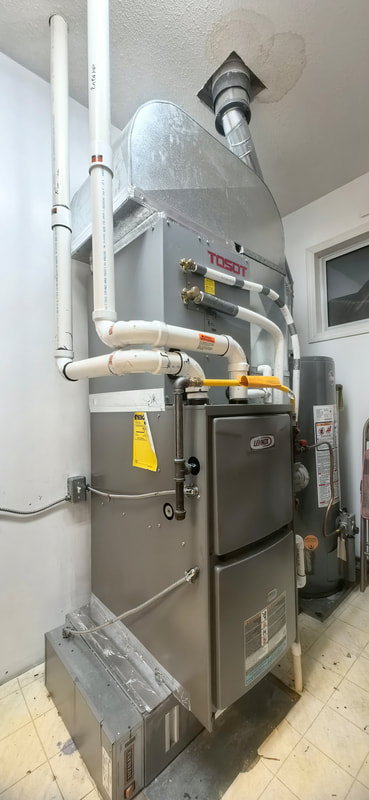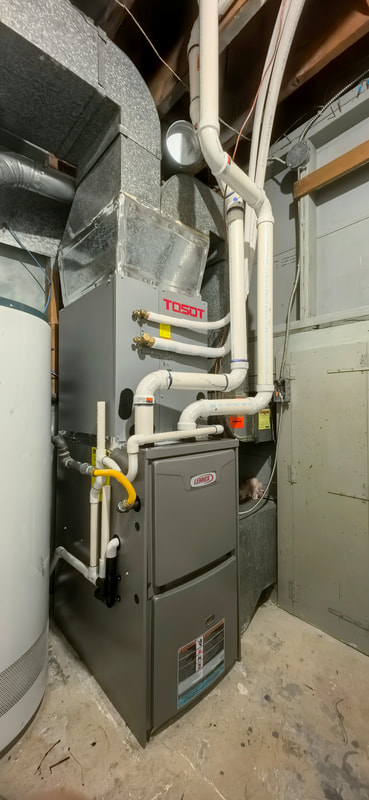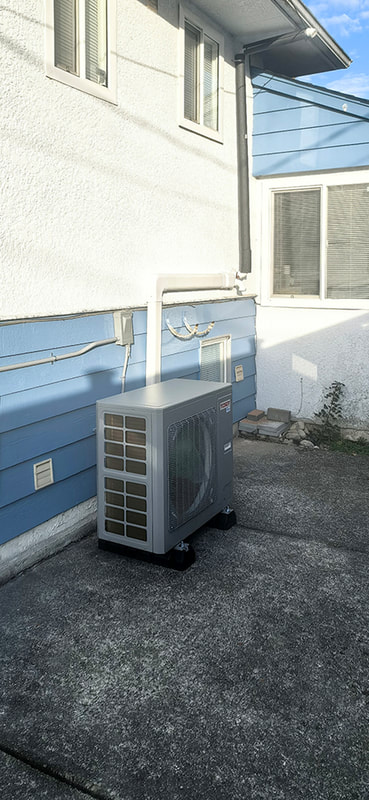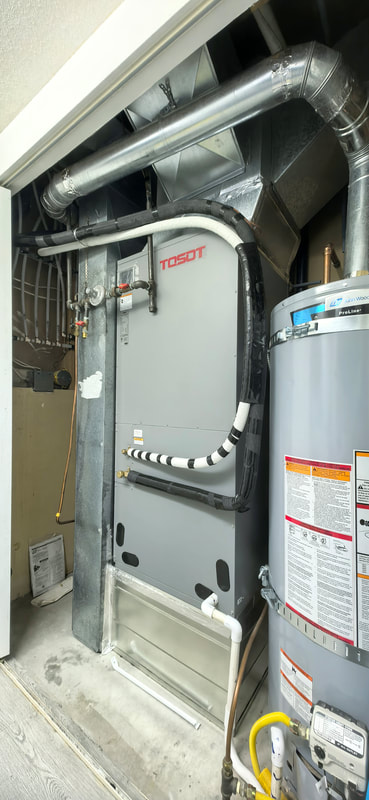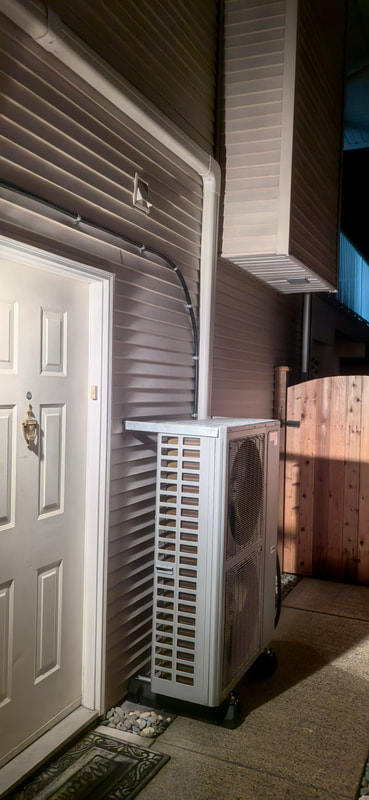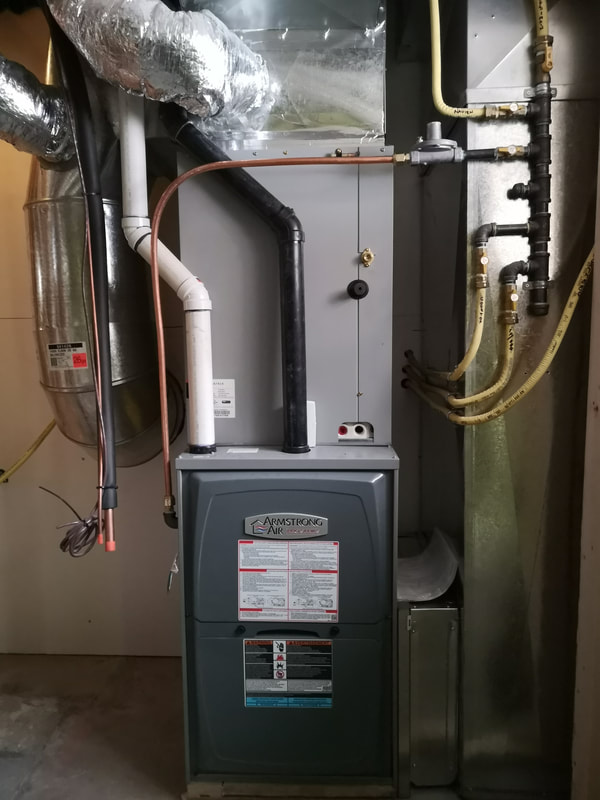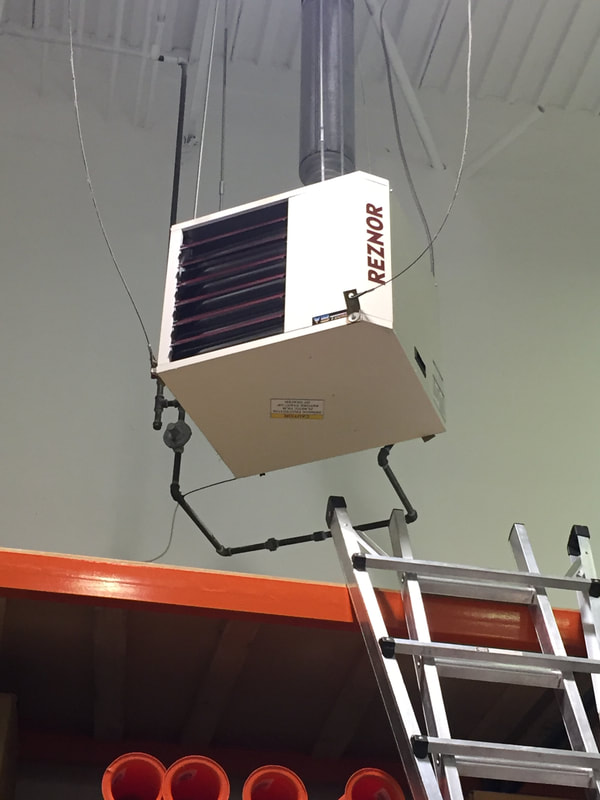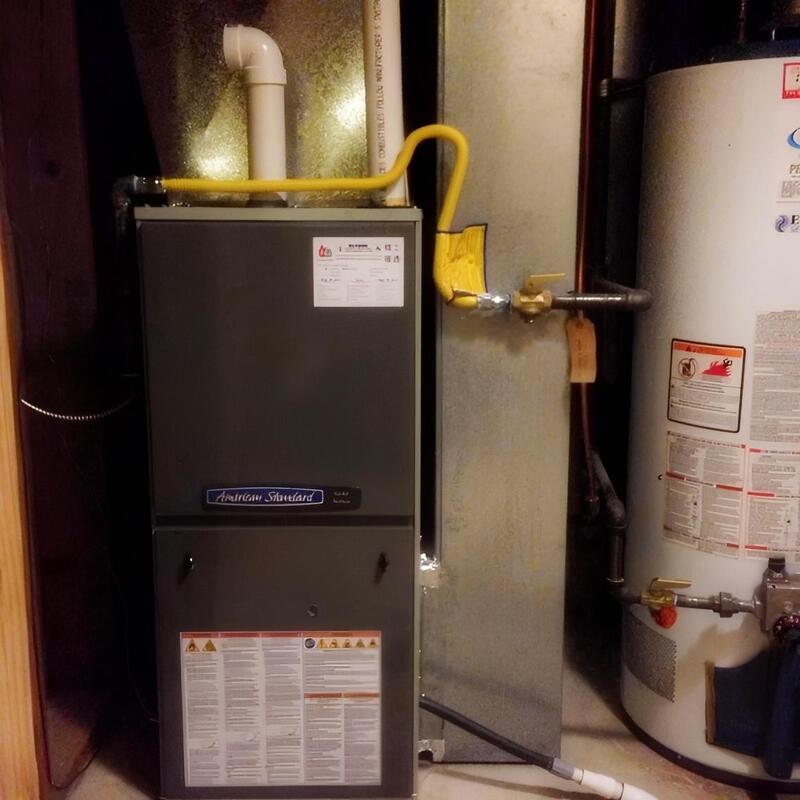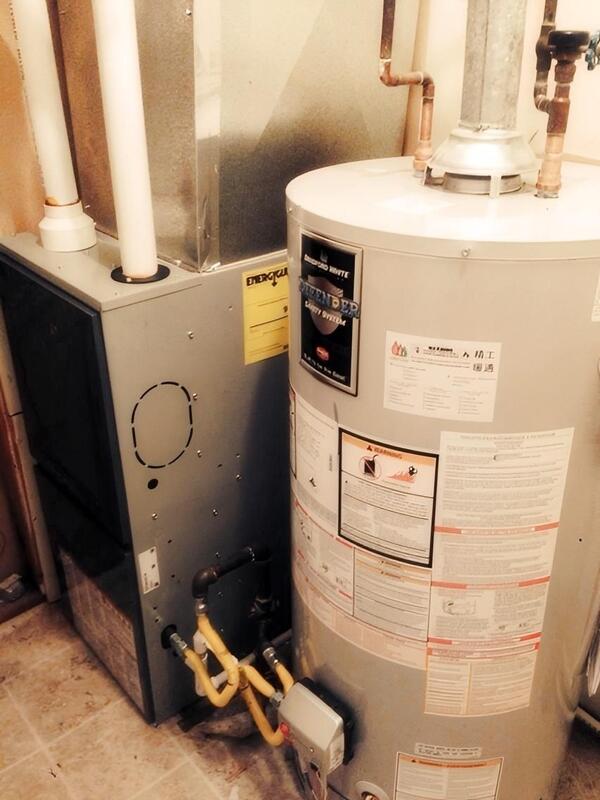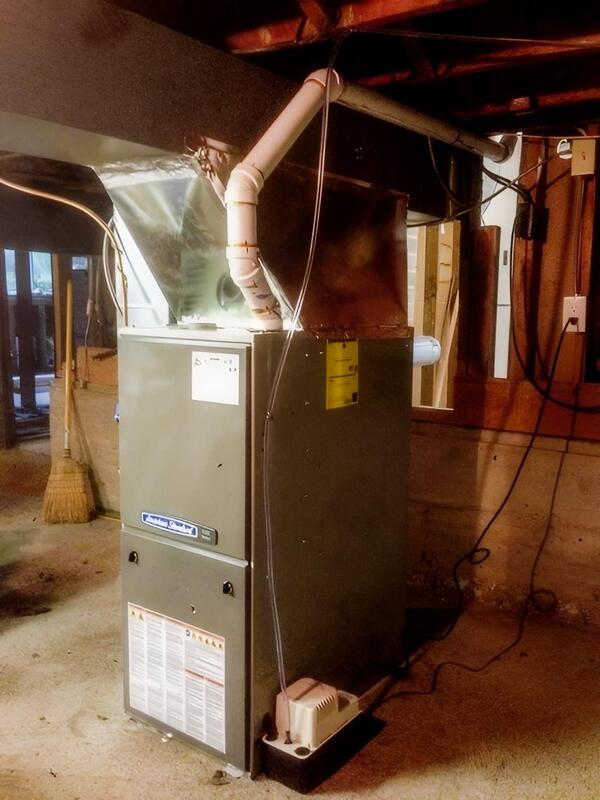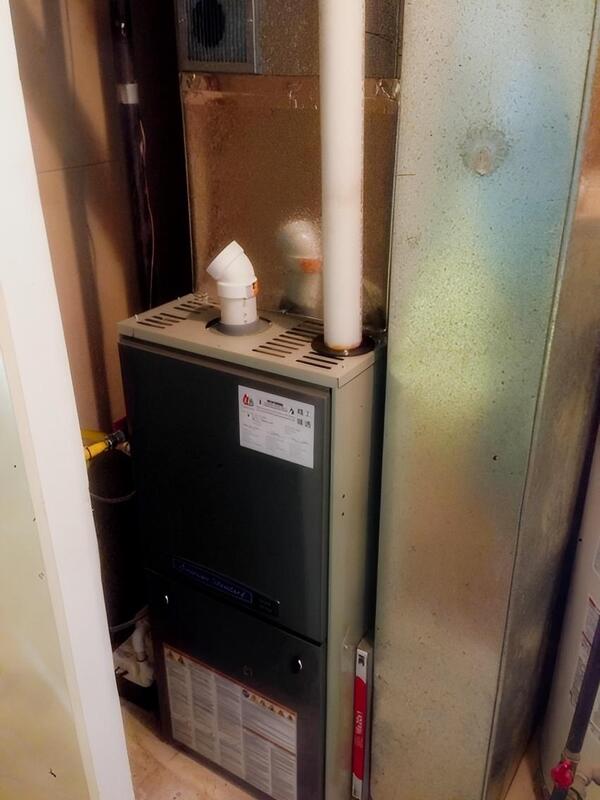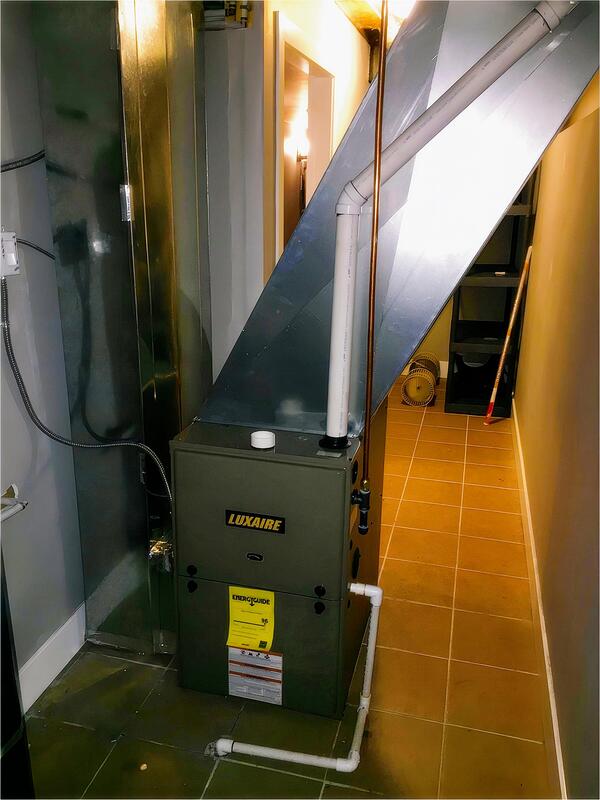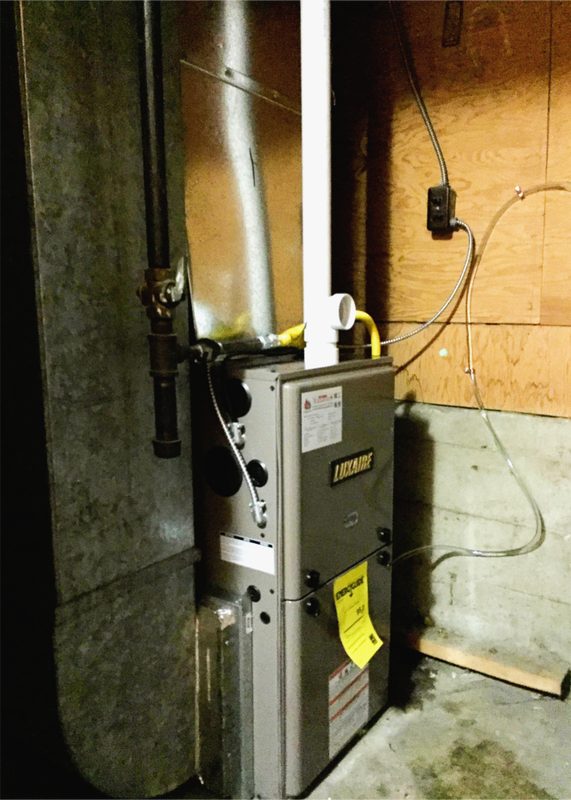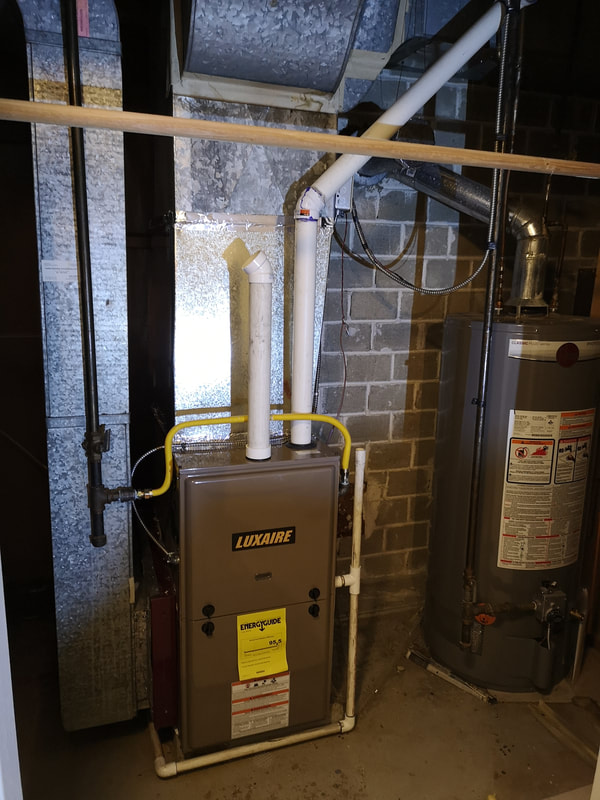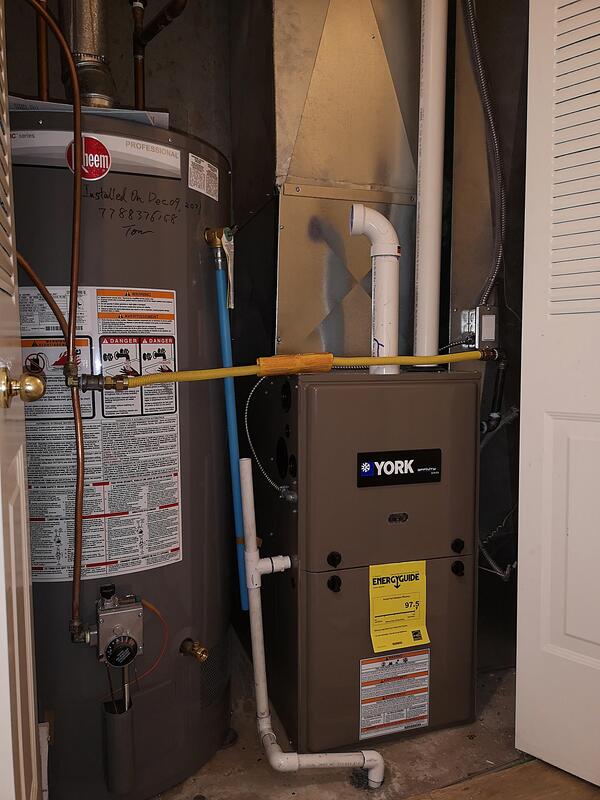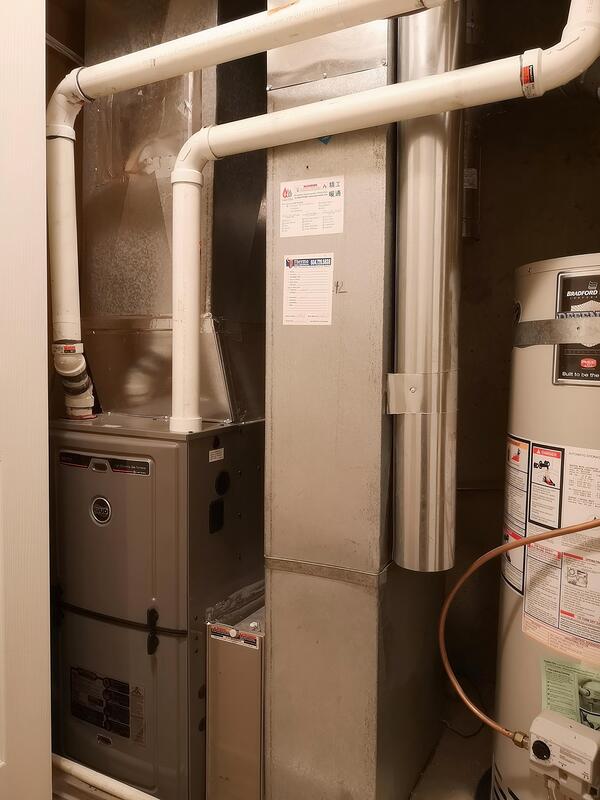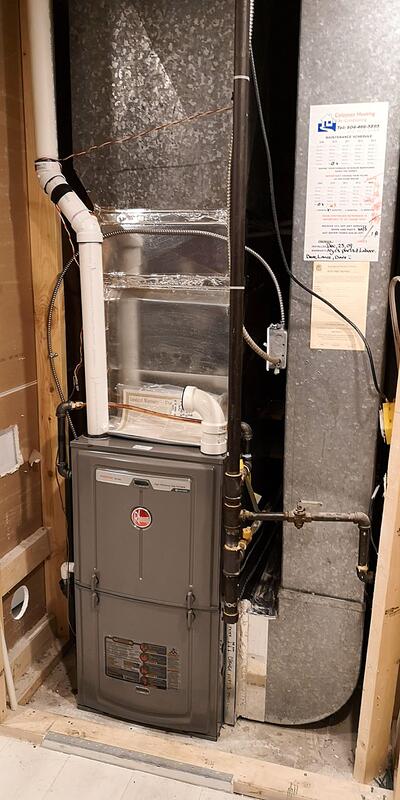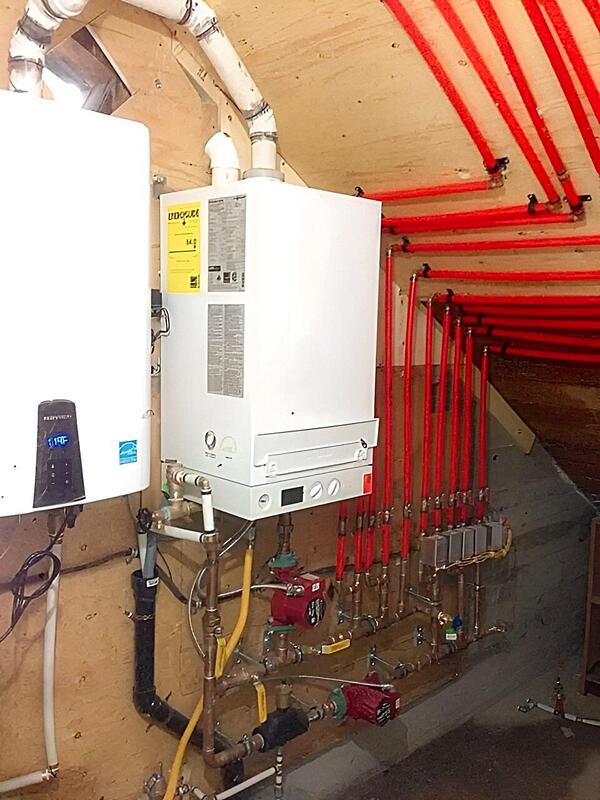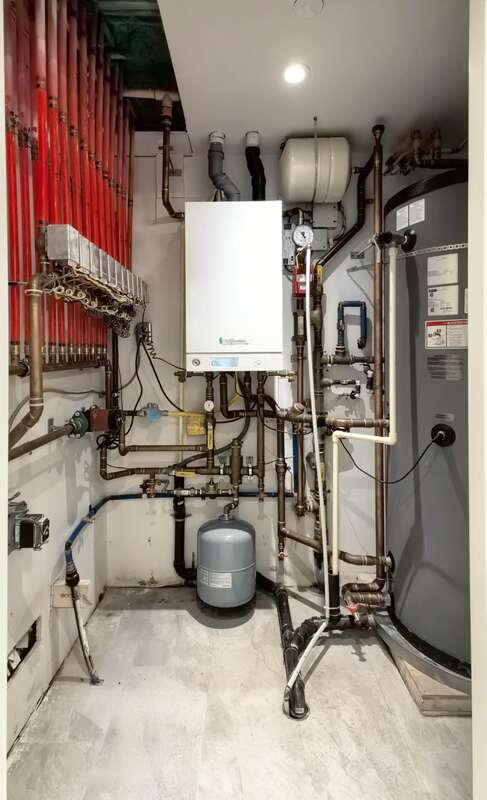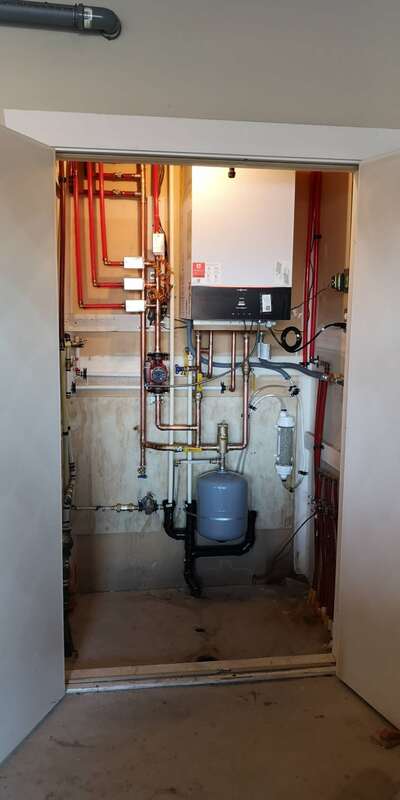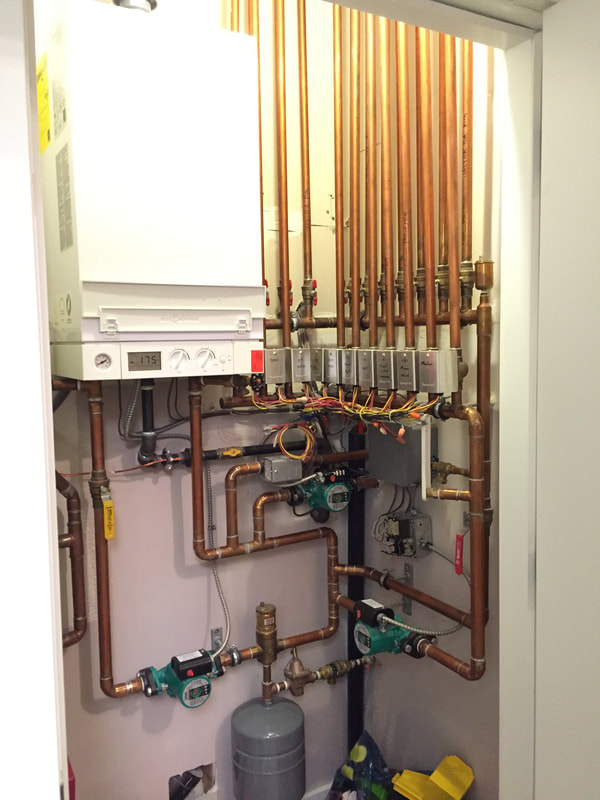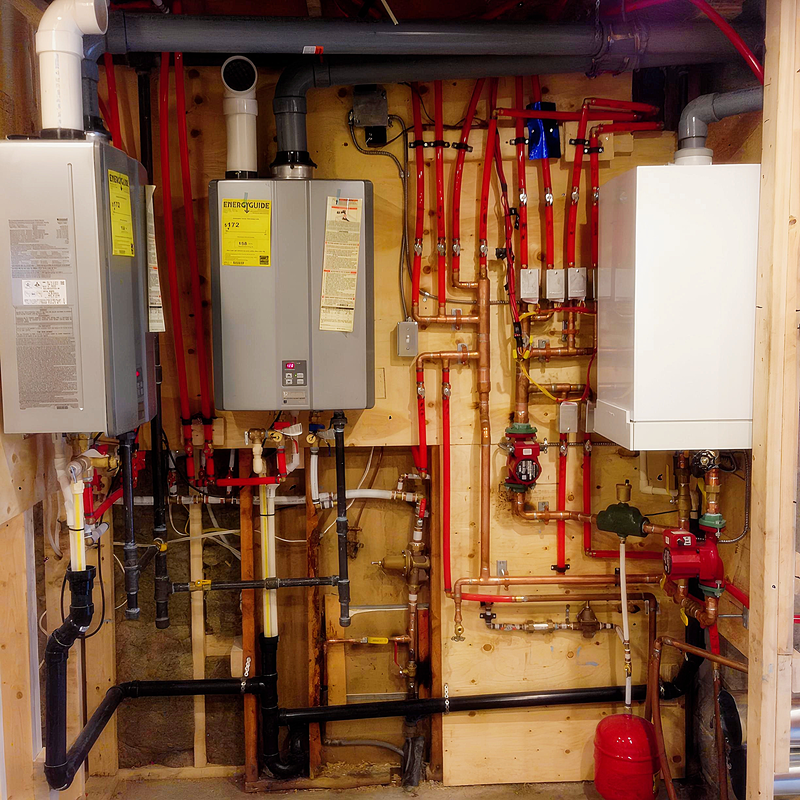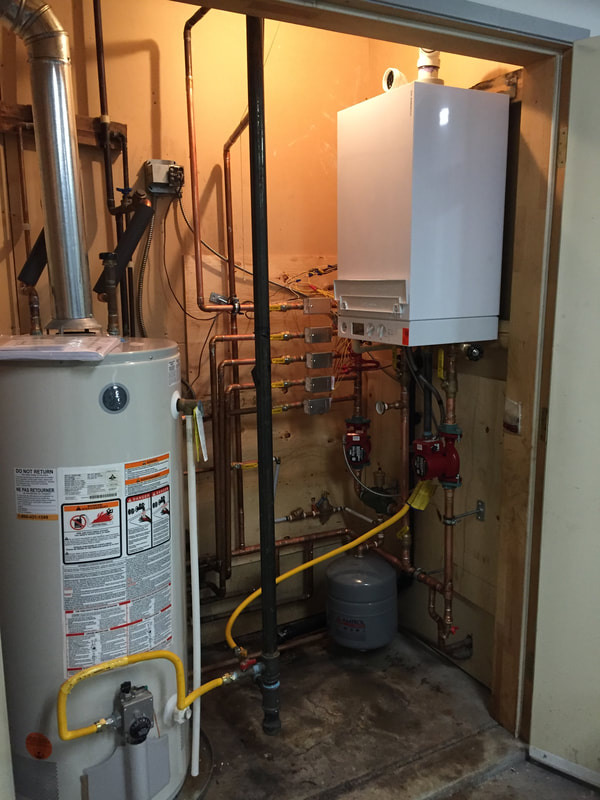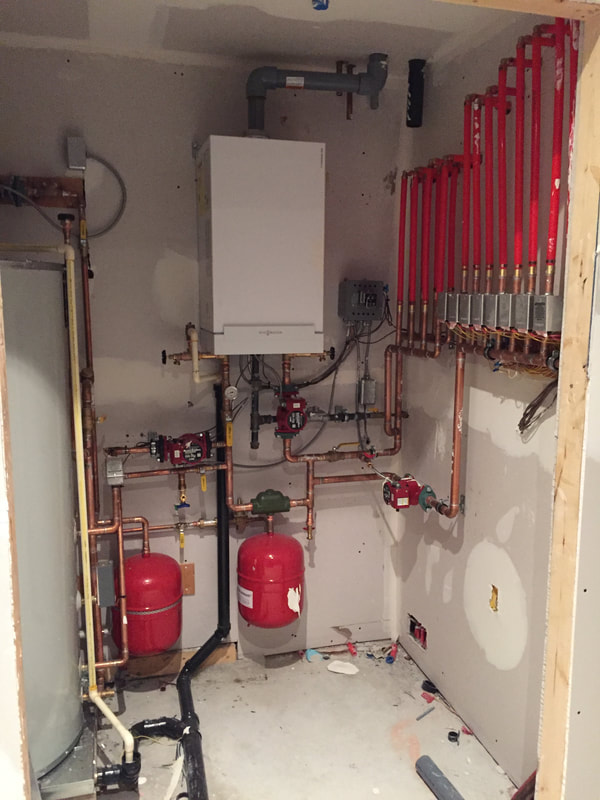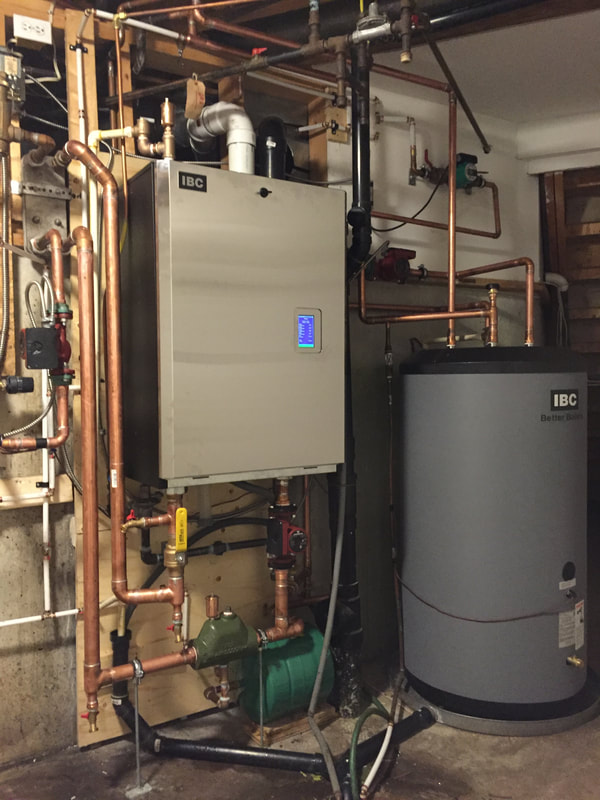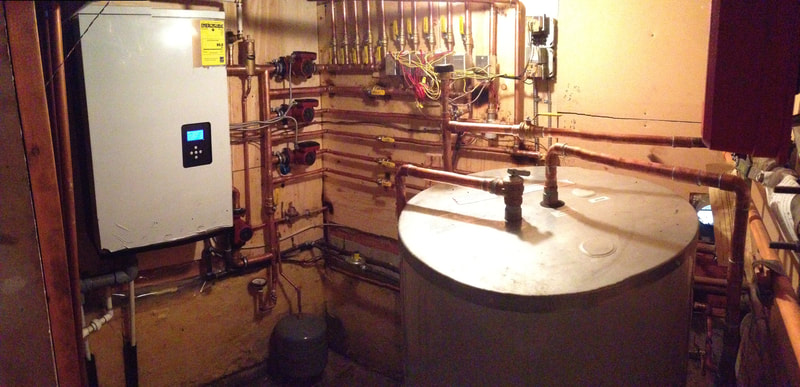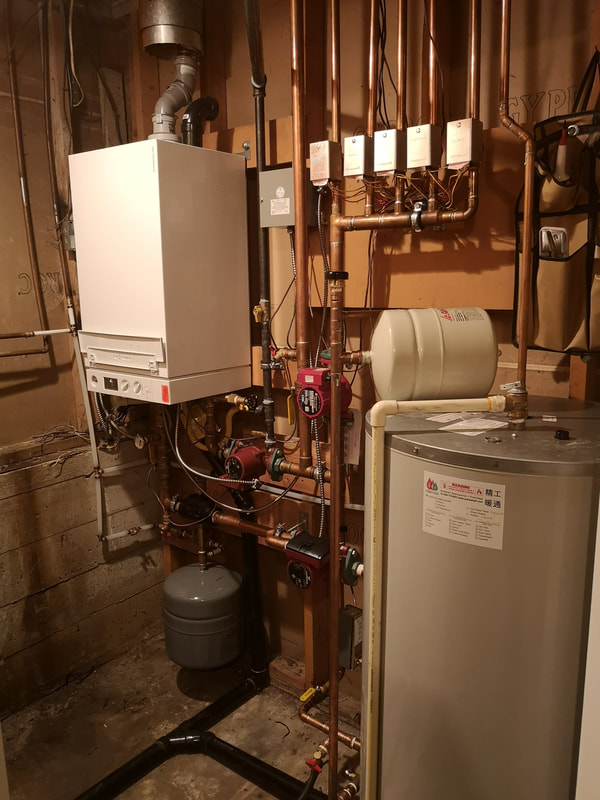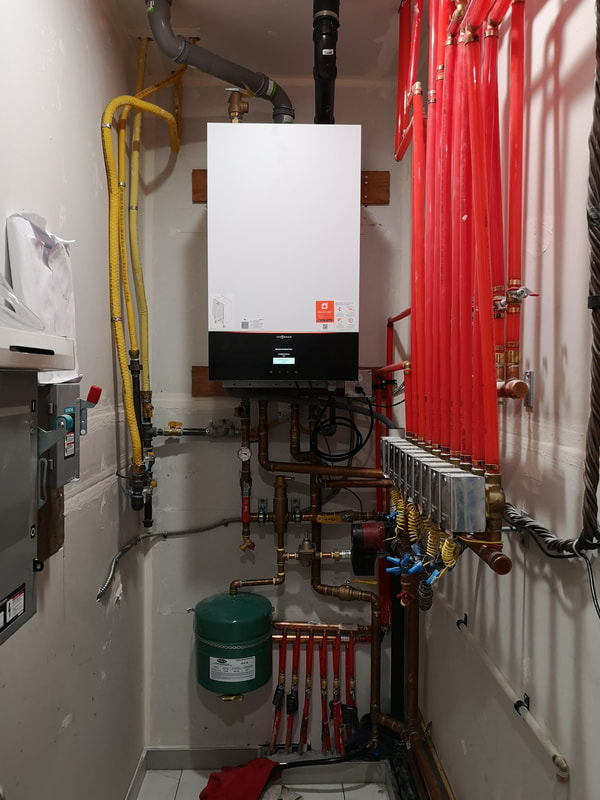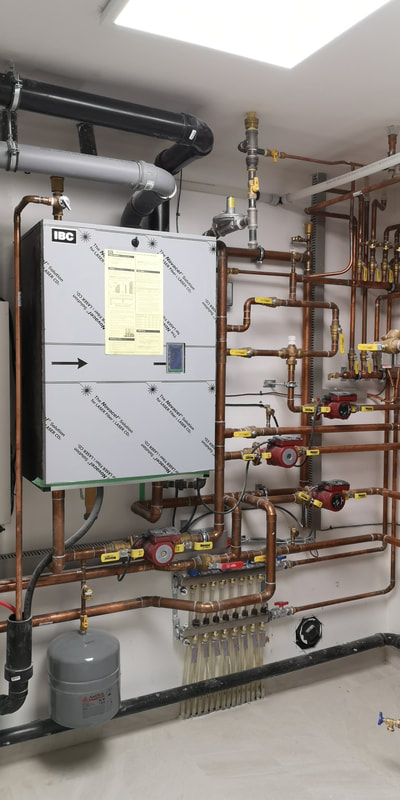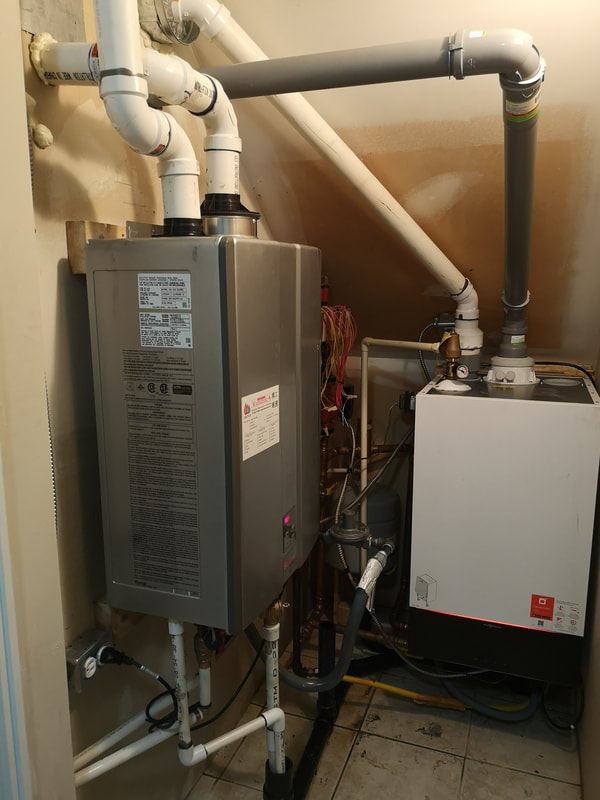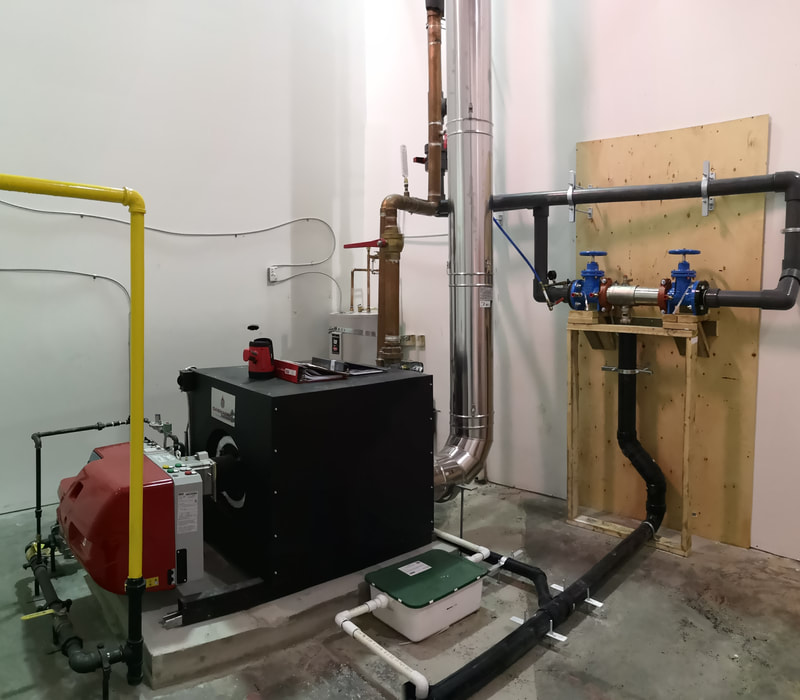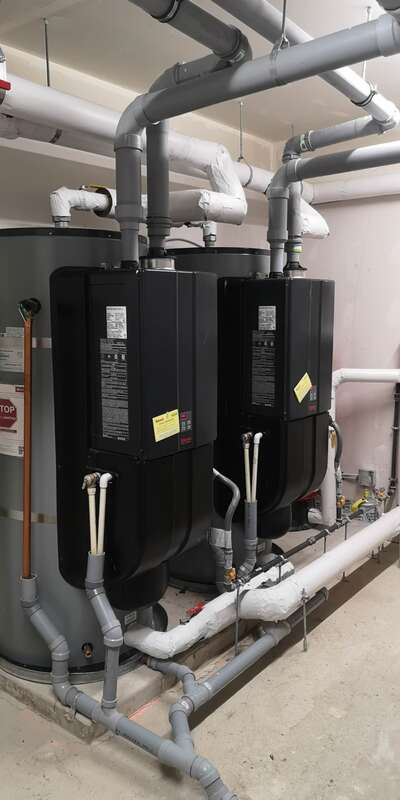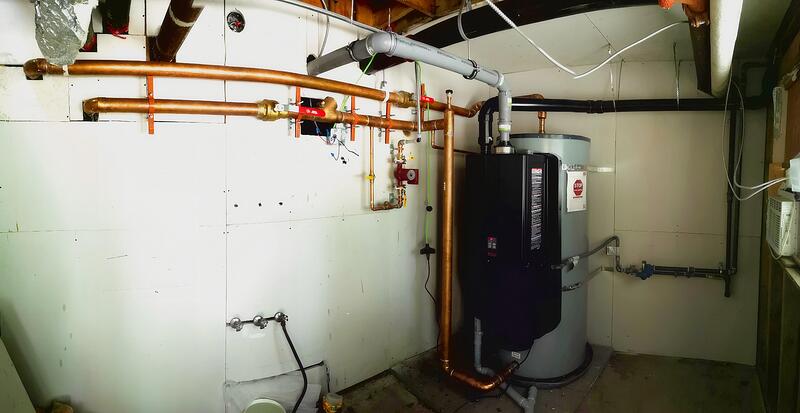HEAT PUMP
Q: Any news about heat pump rebate?
A: Great news! FortisBC's new Dual Fuel Heat Pump Rebate Program is now available. If you qualify as a low-income homeowner, you’ll receive a prequalification code to install a new dual-fuel heating system, replacing your old furnace. You could receive up to $15,200 in rebates from FortisBC! Don’t wait—call YES! WE DO P&H at 604-779-8823 today to schedule your free in-home consultation and quote. Be sure to check the chart below before applying for your code.
Q: Is it true that new heat pump heating system use up to 66% less energy than older heating system?
A: Yes, it is. When the temperature difference between the inside and outside is reasonable, the new heat pump heating system can add 3 joules of heat to your home while consuming only 1 joule of electrical energy. This means it can keep your house just as warm using only one-third of the energy. In BC, we recommend running the heat pump system at temperatures above 5°C to maintain high efficiency and optimal performance.
Q: Any news about heat pump rebate?
A: Great news! FortisBC's new Dual Fuel Heat Pump Rebate Program is now available. If you qualify as a low-income homeowner, you’ll receive a prequalification code to install a new dual-fuel heating system, replacing your old furnace. You could receive up to $15,200 in rebates from FortisBC! Don’t wait—call YES! WE DO P&H at 604-779-8823 today to schedule your free in-home consultation and quote. Be sure to check the chart below before applying for your code.
Q: Is it true that new heat pump heating system use up to 66% less energy than older heating system?
A: Yes, it is. When the temperature difference between the inside and outside is reasonable, the new heat pump heating system can add 3 joules of heat to your home while consuming only 1 joule of electrical energy. This means it can keep your house just as warm using only one-third of the energy. In BC, we recommend running the heat pump system at temperatures above 5°C to maintain high efficiency and optimal performance.
FortisBC Dual Fuel Heat Pump Rebate official link is here
www.fortisbc.com/rebates-and-energy-savings/rebates-and-offers?f=cddf45ab-3fdf-4643-bb5e-9261264ac082&l=
www.fortisbc.com/rebates-and-energy-savings/rebates-and-offers?f=cddf45ab-3fdf-4643-bb5e-9261264ac082&l=
Call YES! WE DO P&H 604-779-8823 for more information or to schedule a free estimate.
FURNACE
Q: Is it true that new furnaces use up to 40% less natural gas than older models?
A: Yes, it is. Natural gas prices have more than tripled over the past decade, and many analysts predict further increases. Fortunately, the efficiency of new furnaces has also improved significantly. In 1995, the government raised the minimum efficiency requirement for new furnaces to 80%, compared to older models that were only 60-70% efficient—some very old furnaces even operated at less than 50% efficiency. Today, modern furnaces from brands like Lennox, Goodman, American Standard, Rheem, and York boast efficiency ratings of 90% to 98%, potentially reducing your heating costs by up to 40%.Since space heating accounts for approximately 60% of the average home’s energy costs (according to Natural Resources Canada’s Heating With Gas), these savings can be substantial. In fact, a new furnace can pay for itself in as few as five years.
Q: Can you guys make a comparison of variable speed DC motors and AC motors for me?
A: Variable-speed DC motors are highly energy-efficient, offering significant electricity savings. While furnaces are known as the primary consumers of natural gas in homes, Natural Resources Canada highlights that the furnace fan motor is often "the largest consumer of electricity in the household."Most homes currently use furnaces with AC motors, but newer models equipped with variable-speed DC motors consume approximately half the electricity. For example: running the fan continuously costs about $ 61 annually with a DC motor, compared to $263 with a standard motor.
Beyond cost savings, continuously running a variable-speed fan ensures more consistent room-to-room temperatures, improved humidity control, and cleaner air due to enhanced filtration. For additional details, refer to BC Hydro's VSM H.E.L.P. sheet. Pairing these motors with two-stage burners can further minimize temperature fluctuations in your home.
Q: Why is the two-stage furnaces good for a house owner?
A: Two-stage furnaces significantly enhance home comfort. Unlike older furnaces that operate only at full capacity (or "high fire"), two-stage models can run at a lower capacity ("low fire") during milder weather. This eliminates the cycle of blasting hot air briefly and overshooting the thermostat's set point, which is common with single-stage furnaces. Instead, two-stage furnaces maintain a consistent, lower output, circulating air longer and creating more even temperatures throughout your home. Additionally, they operate more quietly in the lower stage, further improving comfort.
Call YES! WE DO P&H 604-779-8823 for more information or to schedule a free estimate.
Q: Is it true that new furnaces use up to 40% less natural gas than older models?
A: Yes, it is. Natural gas prices have more than tripled over the past decade, and many analysts predict further increases. Fortunately, the efficiency of new furnaces has also improved significantly. In 1995, the government raised the minimum efficiency requirement for new furnaces to 80%, compared to older models that were only 60-70% efficient—some very old furnaces even operated at less than 50% efficiency. Today, modern furnaces from brands like Lennox, Goodman, American Standard, Rheem, and York boast efficiency ratings of 90% to 98%, potentially reducing your heating costs by up to 40%.Since space heating accounts for approximately 60% of the average home’s energy costs (according to Natural Resources Canada’s Heating With Gas), these savings can be substantial. In fact, a new furnace can pay for itself in as few as five years.
Q: Can you guys make a comparison of variable speed DC motors and AC motors for me?
A: Variable-speed DC motors are highly energy-efficient, offering significant electricity savings. While furnaces are known as the primary consumers of natural gas in homes, Natural Resources Canada highlights that the furnace fan motor is often "the largest consumer of electricity in the household."Most homes currently use furnaces with AC motors, but newer models equipped with variable-speed DC motors consume approximately half the electricity. For example: running the fan continuously costs about $ 61 annually with a DC motor, compared to $263 with a standard motor.
Beyond cost savings, continuously running a variable-speed fan ensures more consistent room-to-room temperatures, improved humidity control, and cleaner air due to enhanced filtration. For additional details, refer to BC Hydro's VSM H.E.L.P. sheet. Pairing these motors with two-stage burners can further minimize temperature fluctuations in your home.
Q: Why is the two-stage furnaces good for a house owner?
A: Two-stage furnaces significantly enhance home comfort. Unlike older furnaces that operate only at full capacity (or "high fire"), two-stage models can run at a lower capacity ("low fire") during milder weather. This eliminates the cycle of blasting hot air briefly and overshooting the thermostat's set point, which is common with single-stage furnaces. Instead, two-stage furnaces maintain a consistent, lower output, circulating air longer and creating more even temperatures throughout your home. Additionally, they operate more quietly in the lower stage, further improving comfort.
Call YES! WE DO P&H 604-779-8823 for more information or to schedule a free estimate.
BOILER
Q: How about the new boiler heating system Efficiency?
A: Most older boilers operate at around 65% efficiency, meaning only 65% of the heat they generate is used to warm your home’s water, while the rest is lost through the chimney. In contrast, modern boilers boast efficiencies between 80% and 96%, potentially reducing your utility costs by up to 40%.
Q: Can you explain modulation for me?
A: Older boilers operate only at full capacity, causing them to cycle on and off frequently—even during mild weather or when heating a single area. In contrast, most modern high-efficiency boilers can modulate their output to match your home’s heating needs, running consistently at lower levels. This improves energy efficiency, reduces noise, and minimizes hot and cold spots throughout your home. This is the benefit of modulation.
Q: Could you show me a comparison of steel and Corrosion-Resistand Heat Exchangers?
A: Most boilers use steel heat exchangers, which are prone to corrosion from water exposure. In contrast, copper and stainless steel are far more durable and long-lasting, making them the preferred materials. This is particularly important in homes with polybutylene (grey plastic or Poly B) piping, where copper or stainless steel boilers are required to prevent corrosion and ensure long-term reliability.
Call YES! WE DO P&H 604-779-8823 for more information or to schedule a free estimate.



